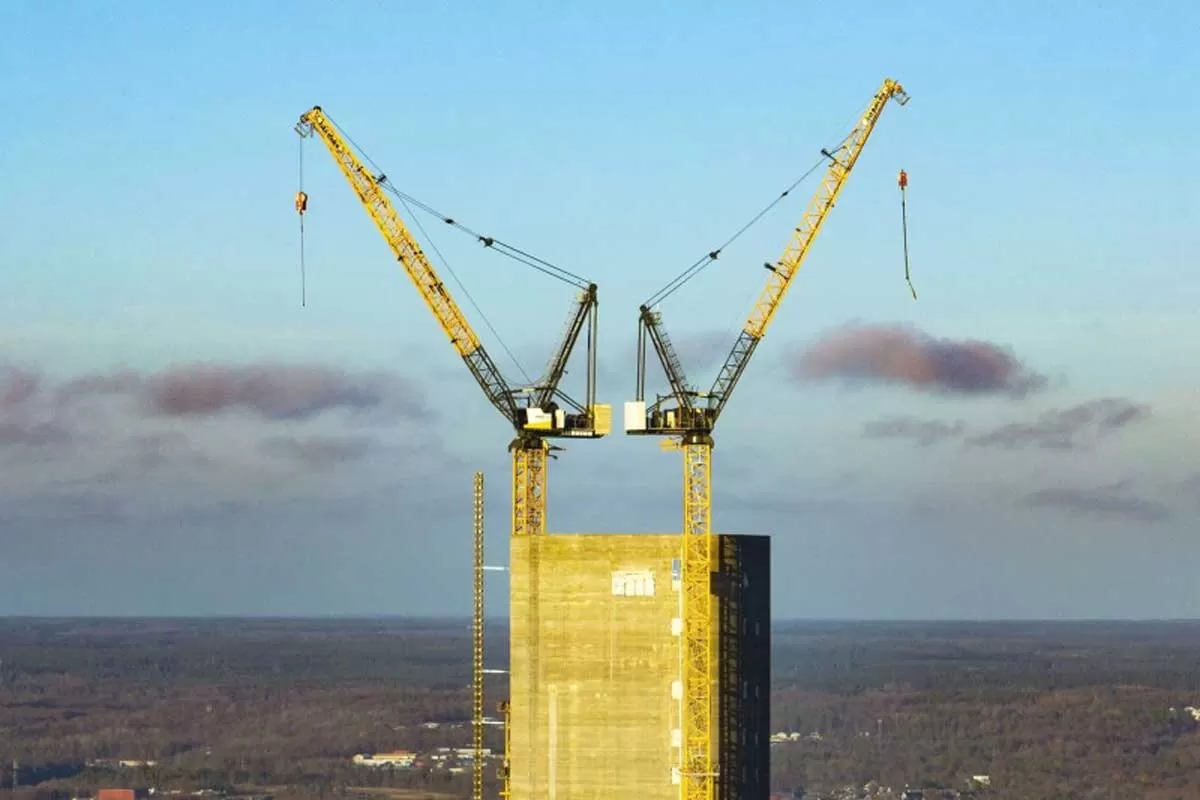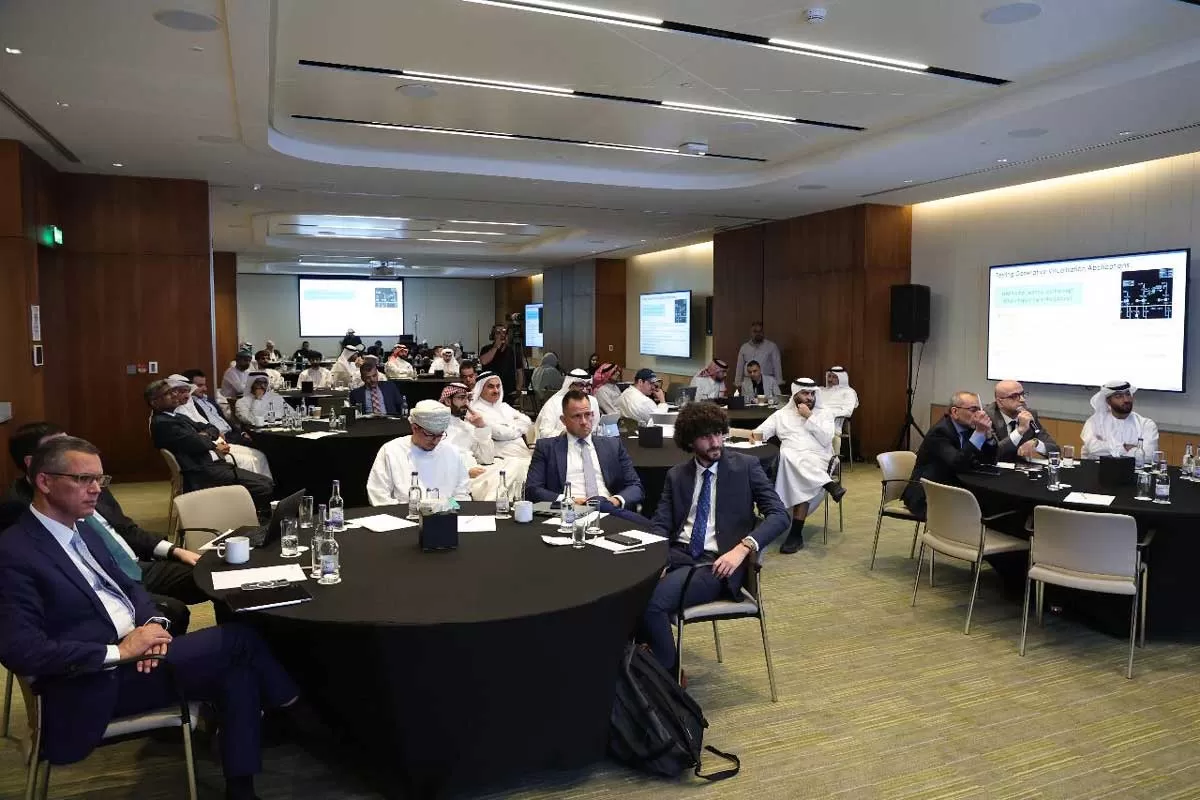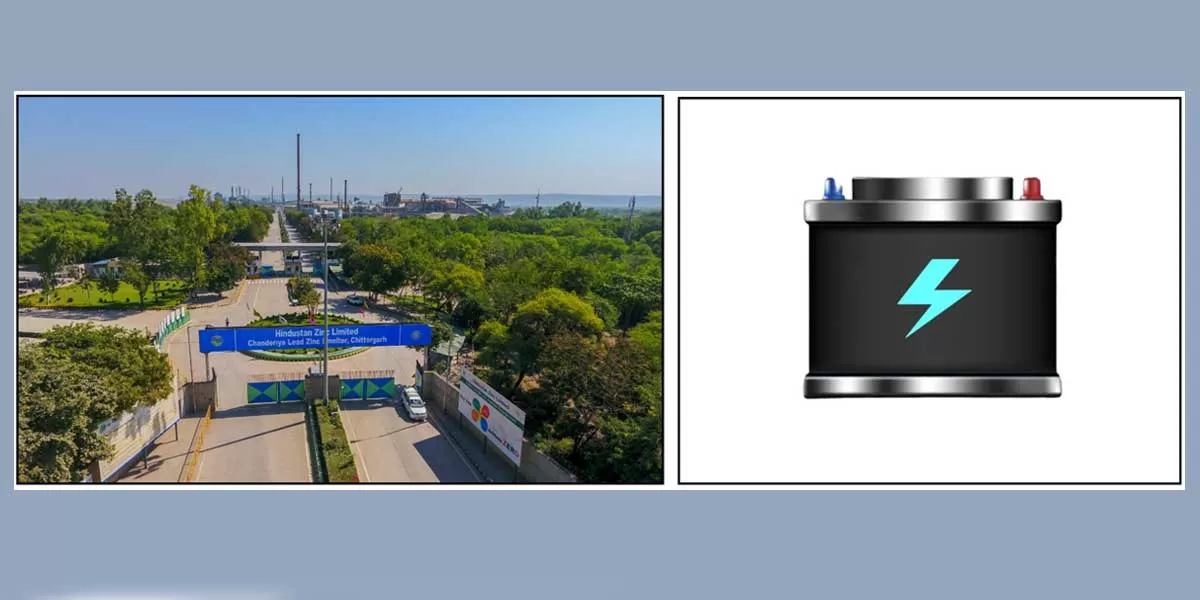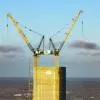Towards the end of FY2020, the concrete industry was beginning to look up.“In Q3 and Q4 of FY2020, it appeared that we were over the slowdown of the past few years,” affirms Ranjit More, Managing Director, Universal Construction Machinery. “We had sufficient orders and enquiries were pouring in from across India and the world, especially after the COVID-19 outbreak in China, as manufacturing in that country was compromised.”“Sales of concrete pumps, batching plants and self-loading mixers in January and February 2020 were comparable to the first two months of 2018 (a good year for the construction equipment industry) so we expected to do well in 2020,” shares VG Sakthikumar, Managing Director, Schwing Stetter India, Convenor for Membership Committee, ICEMA, and Chairman of the Mechanisation Committee, Builders Association of India.Then, COVID-19 made inroads into India even as it wreaked havoc across the globe. The Indian Government rapidly reacted to enforce a mandatory lockdown to limit the spread of the disease and industry players started to feel the heat soon after.“In March, our plant operated at 50-55 per cent, so while our bottom-line was adversely impacted, the topline was still passable, adds Sakthikumar. “But now we are no longer achieving the minimum turnover we need to meet our fixed cost. April presents worries; in particular, the last 10 days of the month will be tough as that is when the maximum invoicing happens.”Across the industry, all eyes are on getting back to work.Industry wish-listMS Bhadbhade, Managing Director, Aquarius Engineers, believes the government focus should be improving health services to bring the disease under control so that normal life can resume. “Until normalcy is restored, business cannot flourish again; especially the construction equipment industry, which was derailed in FY2020.”Bhadbhade wants the government to declare packages to help the domestic industry face the onslaught of Chinese products. As things stand, he expects lower government spending on infrastructure this year and, so, a fall in demand for large capacity batching plants and concrete boom pumps.“Real estate and construction have been among most severely affected industries by COVID-19,” says More. “All our orders booked prior to the outbreak are on hold. If the outbreak is not controlled by the start of the monsoon, we could see a cumulative effect that would be very serious.”More believes the government must formulate a stimulus package to get the construction industry – which is India’s biggest employer outside agriculture – back on track.The government’s announcement of a three-month moratorium on EMIs is a helpful measure, observes Anil Banchhor, Managing Director & CEO, RDC Concrete (India), who sees the return of a business-as-usual scenario only by Q3 as Q2 of every year tends to see lower revenue because of the monsoon. “In the present scenario, managing liquidity is the most important thing, so many companies may put their expansion plans on hold. The collection of dues has become vital to augment cash reserves to manage fixed costs, including salaries and workers’ wages.”To ease liquidity, Banchhor would like the government to defer the Q1 direct and indirect tax liability, enhance credit or increase borrowing limits to make more working capital available, waive off provident fund and gratuity payments by low turnover companies in Q1, and ease the norms for finance from non-banking finance companies (NBFCs) for the construction sector.Recovery post lockdownIn the immediate aftermath of the lockdown being lifted and rail transportation being restored, Banchhor expects a dip in construction activity, including ready-mix concrete (RMC) and other construction materials, because of the scarcity of migrant workers. He also expects a drop in demand for new batching plants, truck mixers and concrete pumps in view of the adverse impact of the lockdown. There are possibilities of an increase in distress sales of used construction equipment as well as increase in rentals. Thus, he sees an opportunity for manufacturers to start leasing equipment instead of just focusing on sales. Bhadbhade expects it will take three to four months for the equipment industry to even reach half capacity after the lockdown is lifted. However, he says a lot will depend on the approach of financers in funding small and medium buyers of construction equipment.“It would be helpful if they pass on the benefit of lower interest rates to customers,” he says. “But if they fund them aggressively, larger construction companies who outsource contracts or hire machines will need to show some consideration to smaller companies.”Sakthikumar sees the demand for equipment for infrastructure projects as intact as those projects are just waiting to happen. He believes work will resume swiftly as soon as the lockdown is lifted. However, demand for equipment for commercial real estate, particularly malls and hospitality projects, may be slow to take off as those sectors will take time to be restored.Engaging employees during the lockdownAt Aquarius Engineers, the design department is using the lockdown time to work on new designs while the human resource department is actively looking after staff and workers and discussing how to support contract labour, etc, with department heads.“Many of our skilled employees wanted to return to their native areas when the outbreak happened,” shares More. “We will have to wait for all of them to return to resume manufacturing as we need all hands on onboard to run a plant.”“We announced at the very outset that we would be paying our workers but others may not have done so, and that may cause a delay in business restarting,” shares Banchhor. “While taking care of employee health and safety, we are ensuring we are fully geared to restart operations.”The hum of machines would indeed be music to many ears.Concreting TrendsStandardised processes and methods are increasingly being adopted in concreting in India, observes Rajinder Raina, Senior Vice President, Macons Equipments. For instance, he points out that centralised batching plants and mechanised haulage are being used even for smaller projects in Tier-II and Tier-III cities, in turn spurring the market for self-loading transit mixers. Incidentally, self-loading transit mixers of 2/2.5 cu l and 4/4.5 cu l capacity with features to augment their speed, production and mixing capability during transit are Macons’s fastest growing concreting equipment.Overall, sales of batching plants up to 120 cu m per hour capacity are rising but demand for plants beyond that threshold is not growing at the desired pace because some major projects those plants are best suited for (especially when combined with self-loading or standard transit mixers) are still on the takeoff stage, adds Raina. “Airport, stadium, metro, railway and highway projects help ensure that the volumes of bigger capacity plants grow at a respectable rate.”In Q4 of FY2019-20, RDC Concrete had procured five batching plants of 60 cu m per hour and 90 cu m per hour capacity, and some transit mixers and pumps.“Batching plant users are shifting to more sophisticated technologies and demanding a greater number of twin shaft type mixers,” adds MS Bhadbhade, Managing Director, Aquarius Engineers. “Demand for batching plants catering to the concrete prefabricated structure industry, which was growing well, was also trending prior to the outbreak of COVID-19.”Raina also observes that, by and large, the usage of concrete pumps is also on the rise but the slowdown in real estate has kept overall sales low. Bhadbhade attests to a greater use of truck-mounted boom pumps on project sites compared to stationary pumps, for big infrastructure projects. Until now, the boom pumps market was largely dominated by 36 m models, but going forward, he anticipates bigger (42 m and 46 m) boom pumps to be launched in the Indian market as a higher payload is allowed on the truck chassis.Another popular concrete machine from Macons is its concrete kerbing machine model MKM-351 with a line and level sensor, a flexible, accurate, economical and fast worker and traveller.New products to look out forDescribing the focus of innovation at the company, Debasis Bhattacharya, Head-Marketing, Sales & Product Support, Ajax Engineering, says, “Ajax has always strived to be a 360° concreting solutions provider and is also moving towards artificial intelligence (AI) and other advanced manufacturing concepts. Ajax is a forward-thinking concrete equipment player that adopts new technology to align with fast-changing industry trends and to stay geared up for the challenges in the infrastructure development sector. It indigenously develops products in keeping with the Make in India drive of the government.”Ajax self-loading concrete mixers are versatile and have hydraulic sensing, meaning a pressure transducer and a device to add the weigh batching of aggregate, cement and water. The company has been focusing on improving the accuracy of weigh batching, which is critical in the quality of concrete. “Of late, we have come up with a load cell-based weigh batching system (patent pending),” shares Bhattacharya.At Excon 2019, Ajax also launched a first-of-its-kind, next-gen, self-propelled boom pump, SPBP25ZX. “This patent-pending product has been designed to handle tough terrain and manoeuvre on narrow roads and job sites at ease, and effectively uses its full boom length to revolutionise the way concreting is being done in housing and infrastructure projects,” he explains.Another innovation launched at Excon 2019 was the Ajax slipform paver, SPX1204, the first indigenous paver designed and manufactured in India that offers paving width varying from 3.5 m to 12 m.Macons has introduced computerised systems into its batching plants of capacity beyond 90 cu m to deliver higher quality concrete by more accurate control over inputs. “Last year, we focused on plants of capacity greater than 120 cu m that need high-level technical capability, technology and in-house development,” shares Rajinder Raina, Senior Vice President, Macons Equipments.And Aquarius Engineers has recently launched a new stationary pump, model 704 D, which is bigger than the 703 D, and designed for smaller customers who are looking to shift to larger output machines.To share your views on the market for Concrete Equipme

















